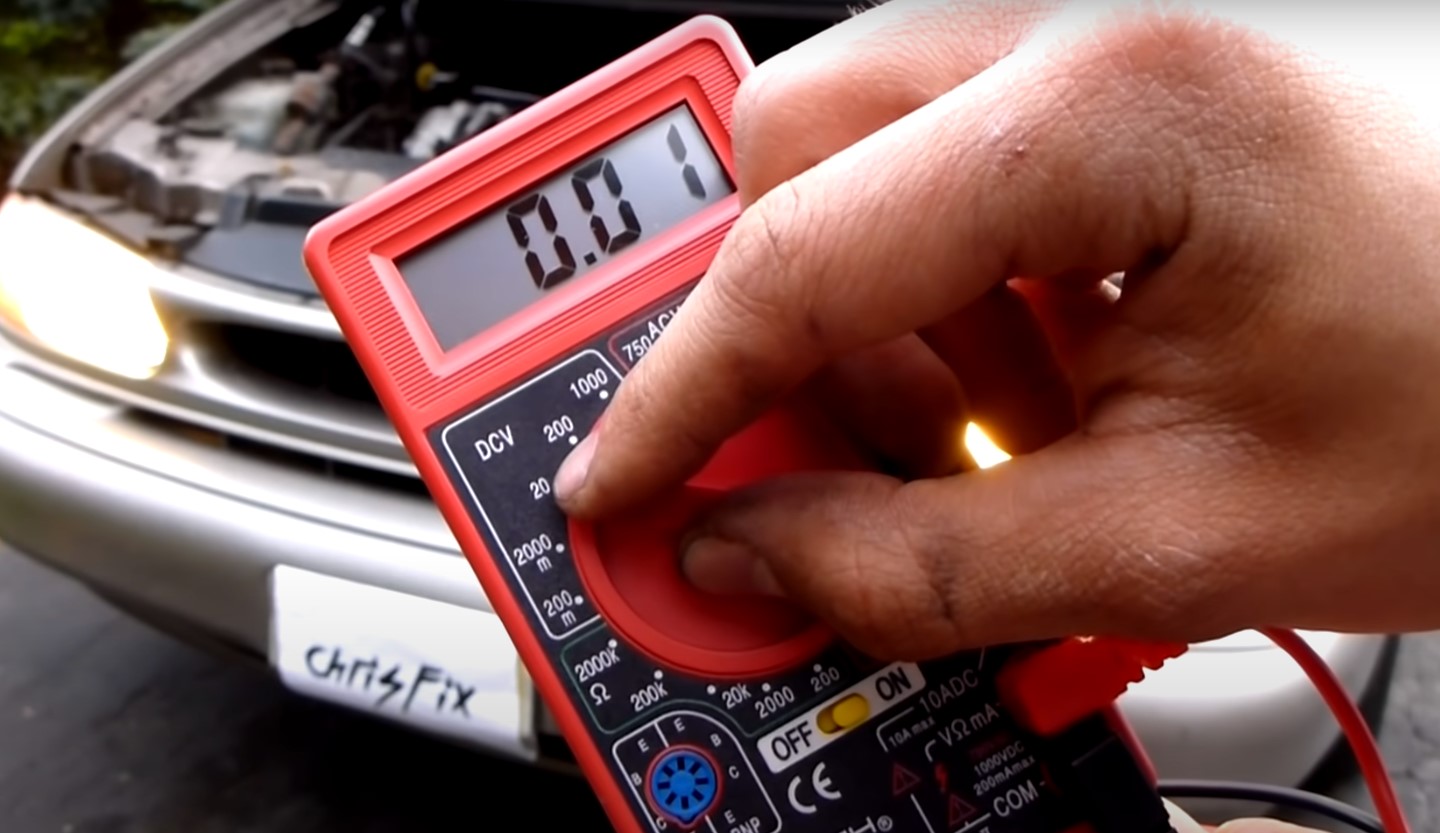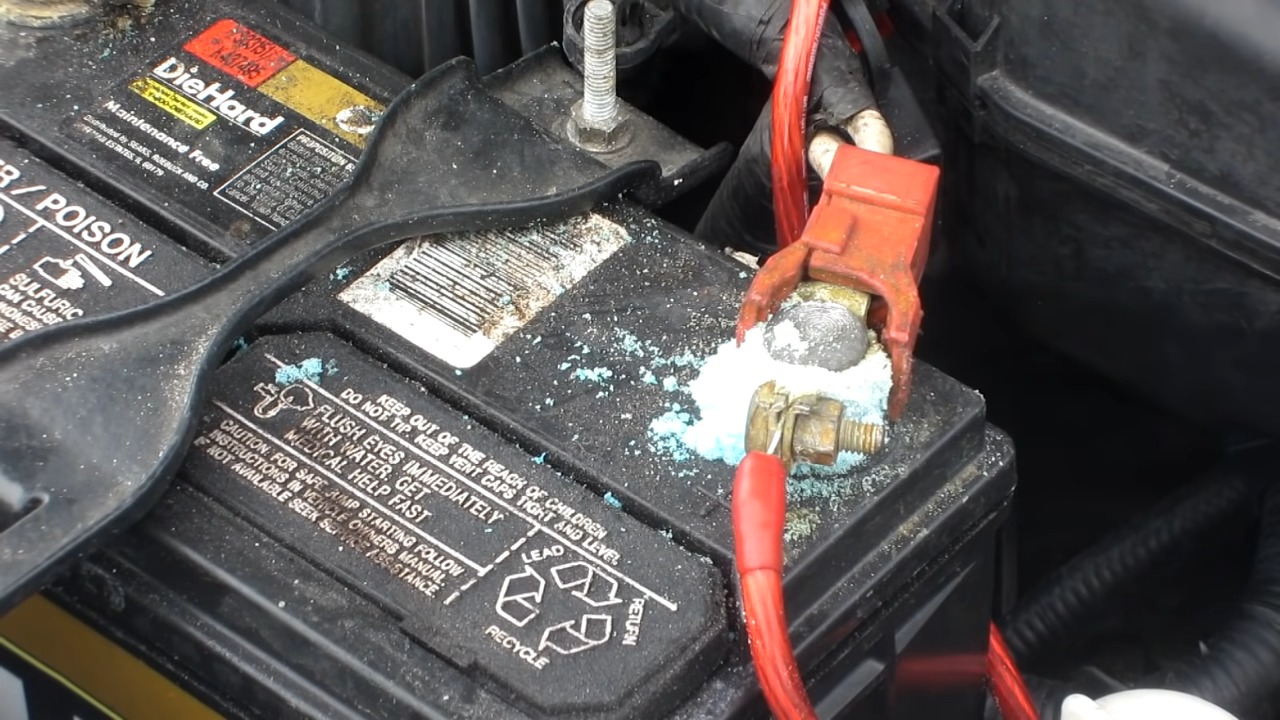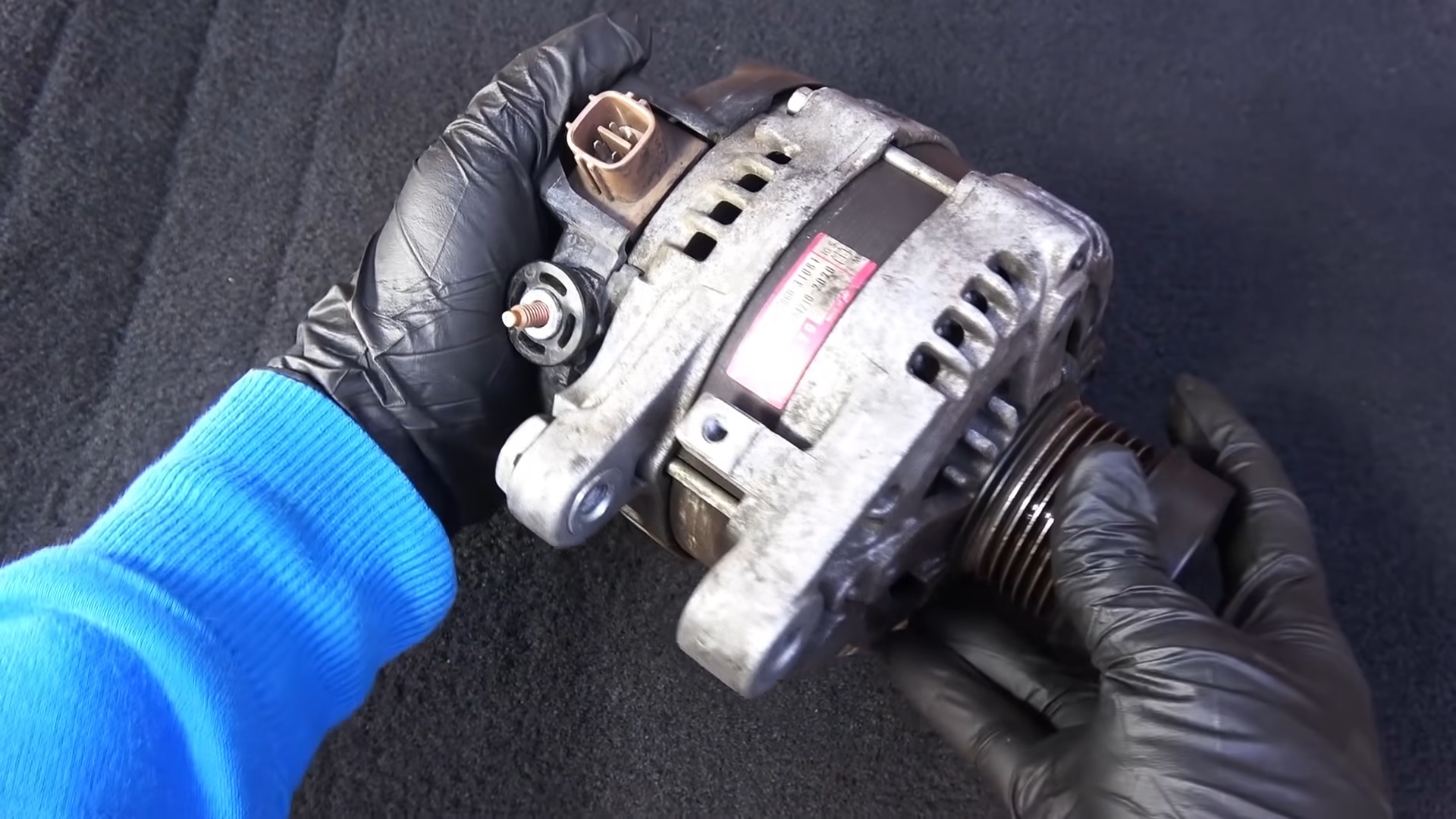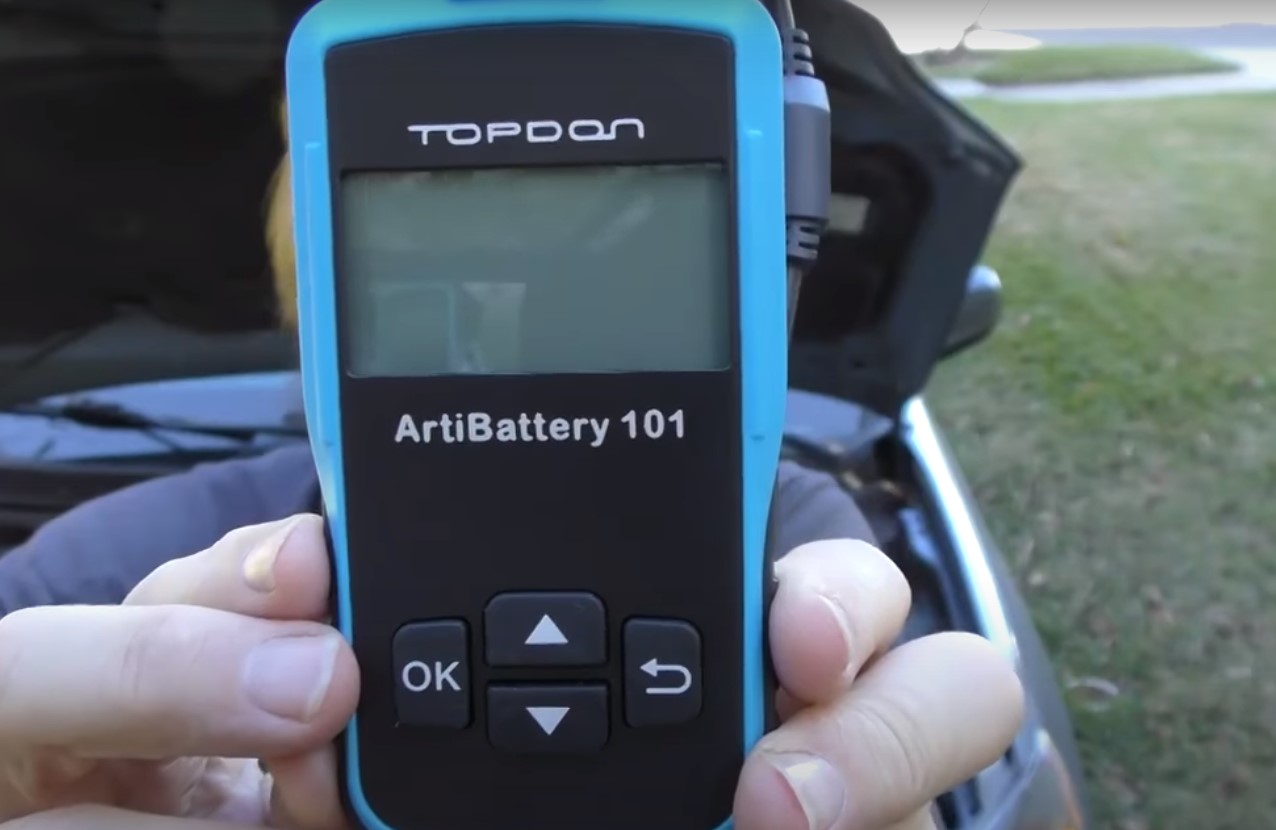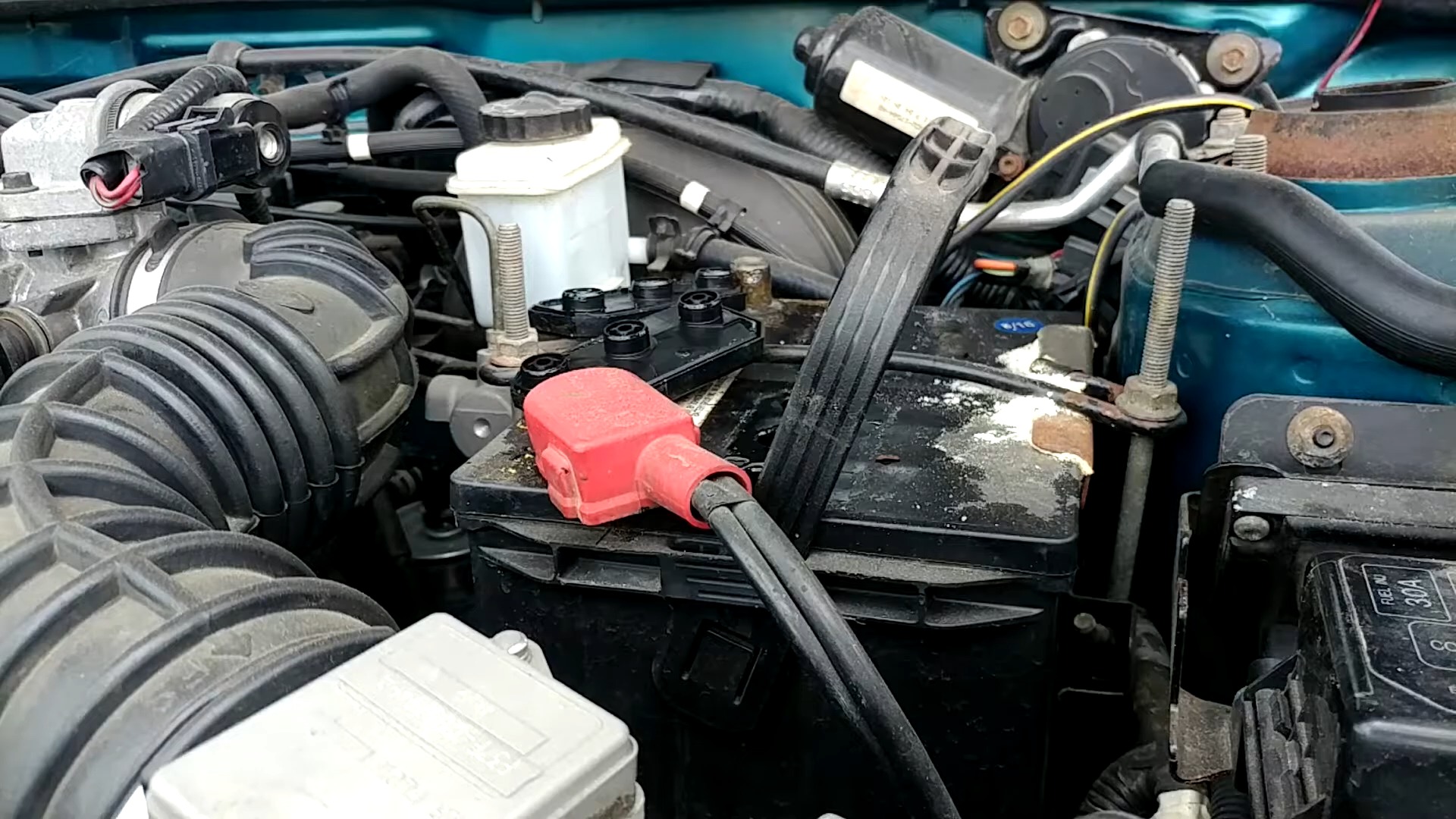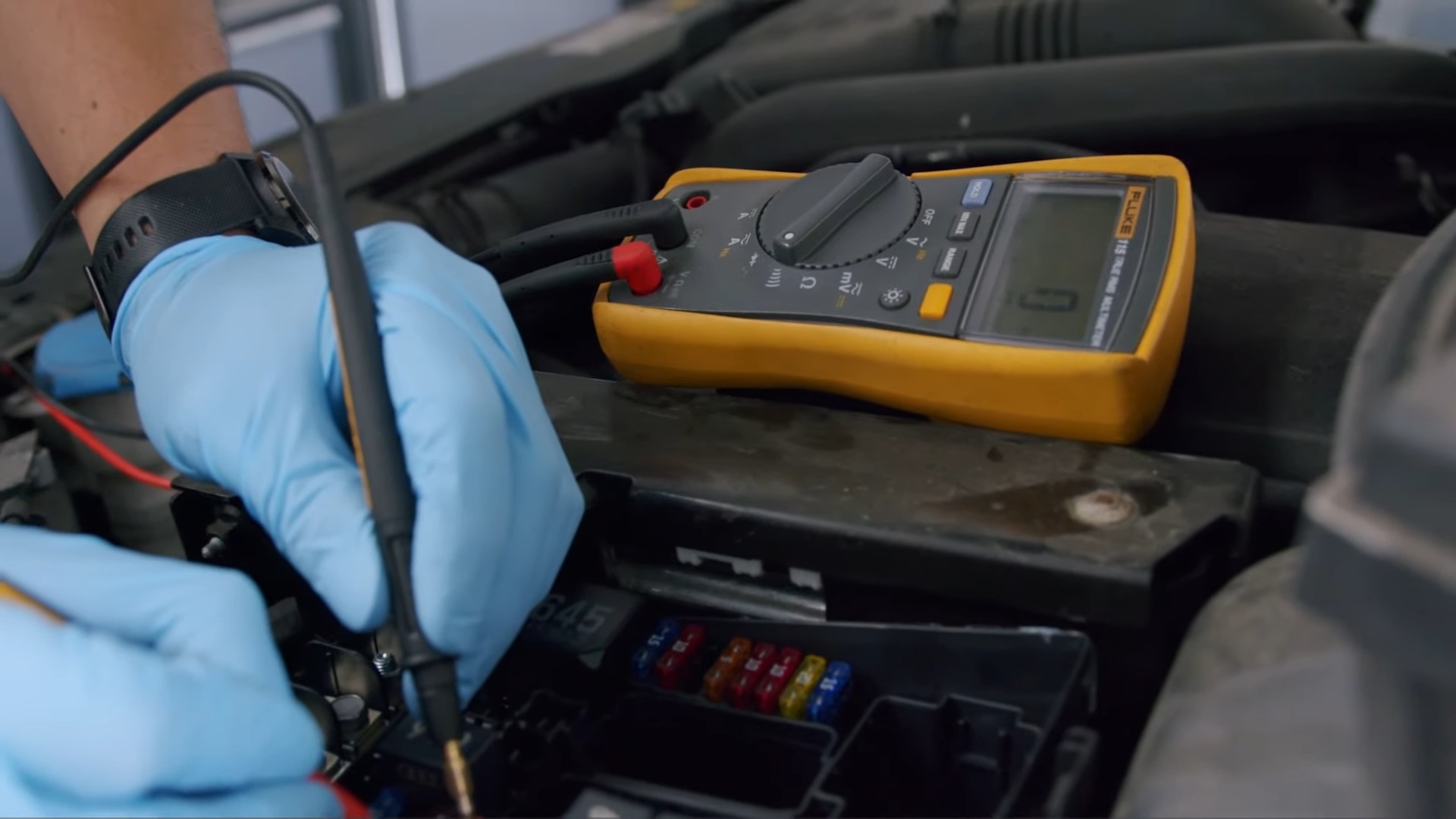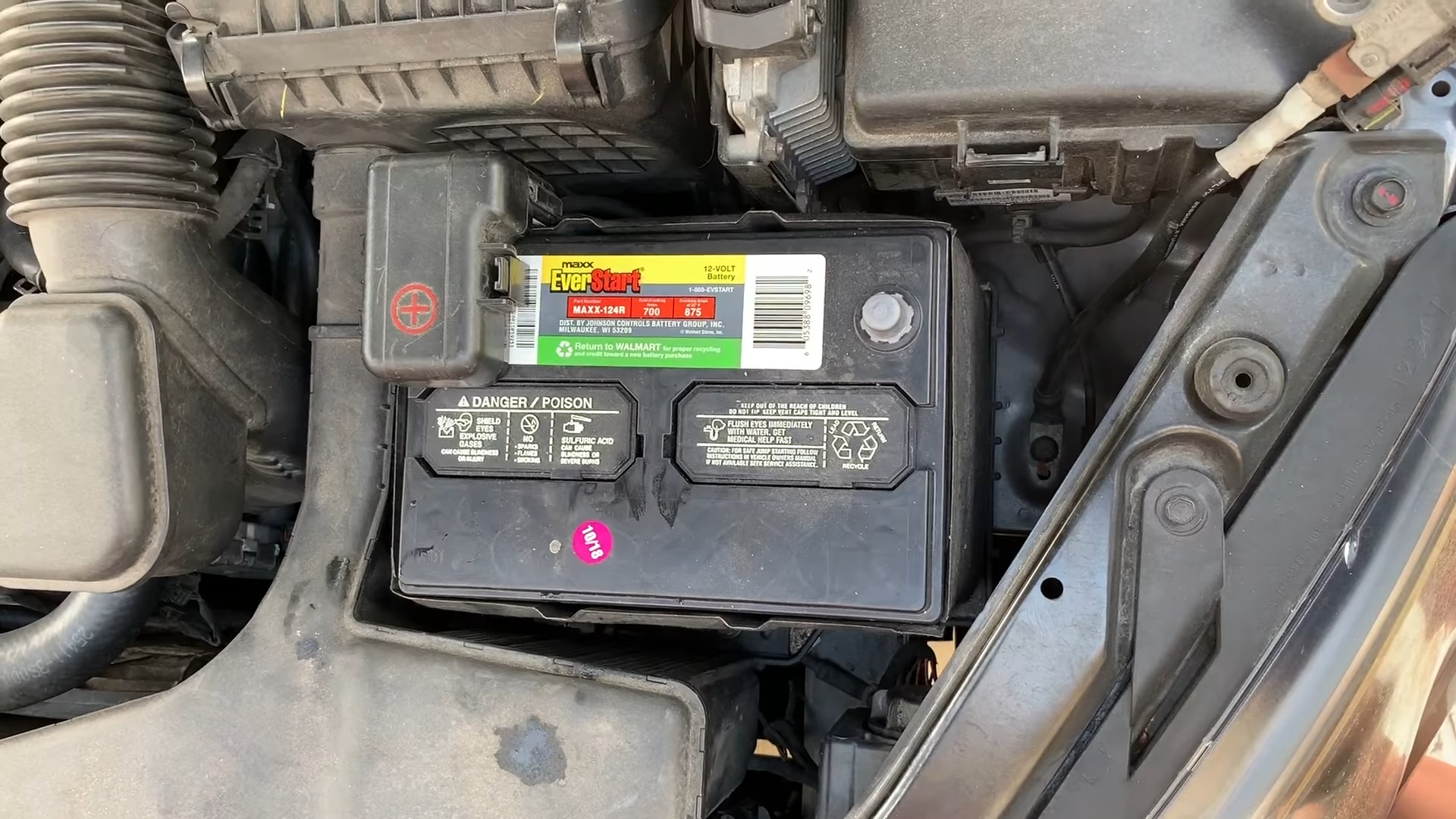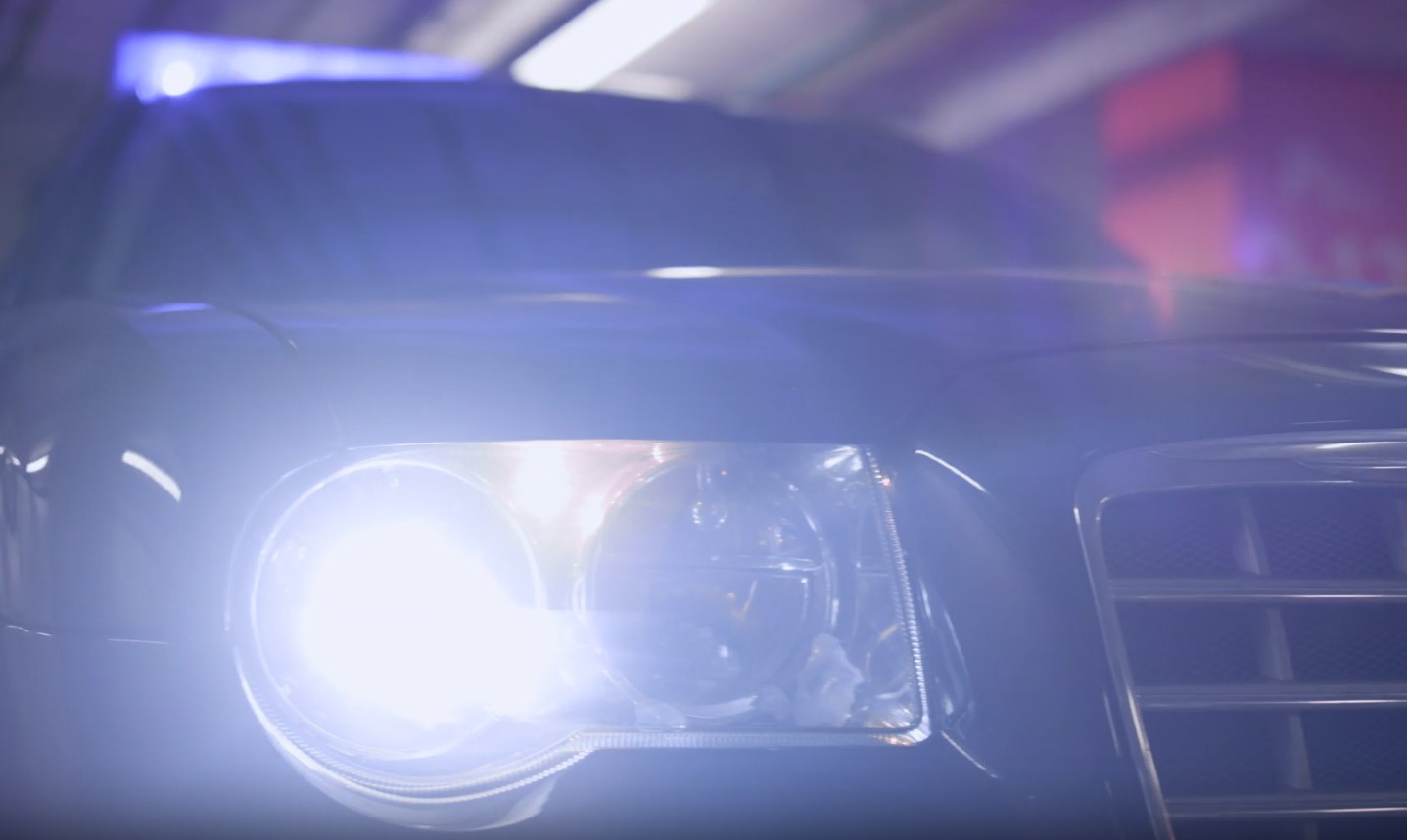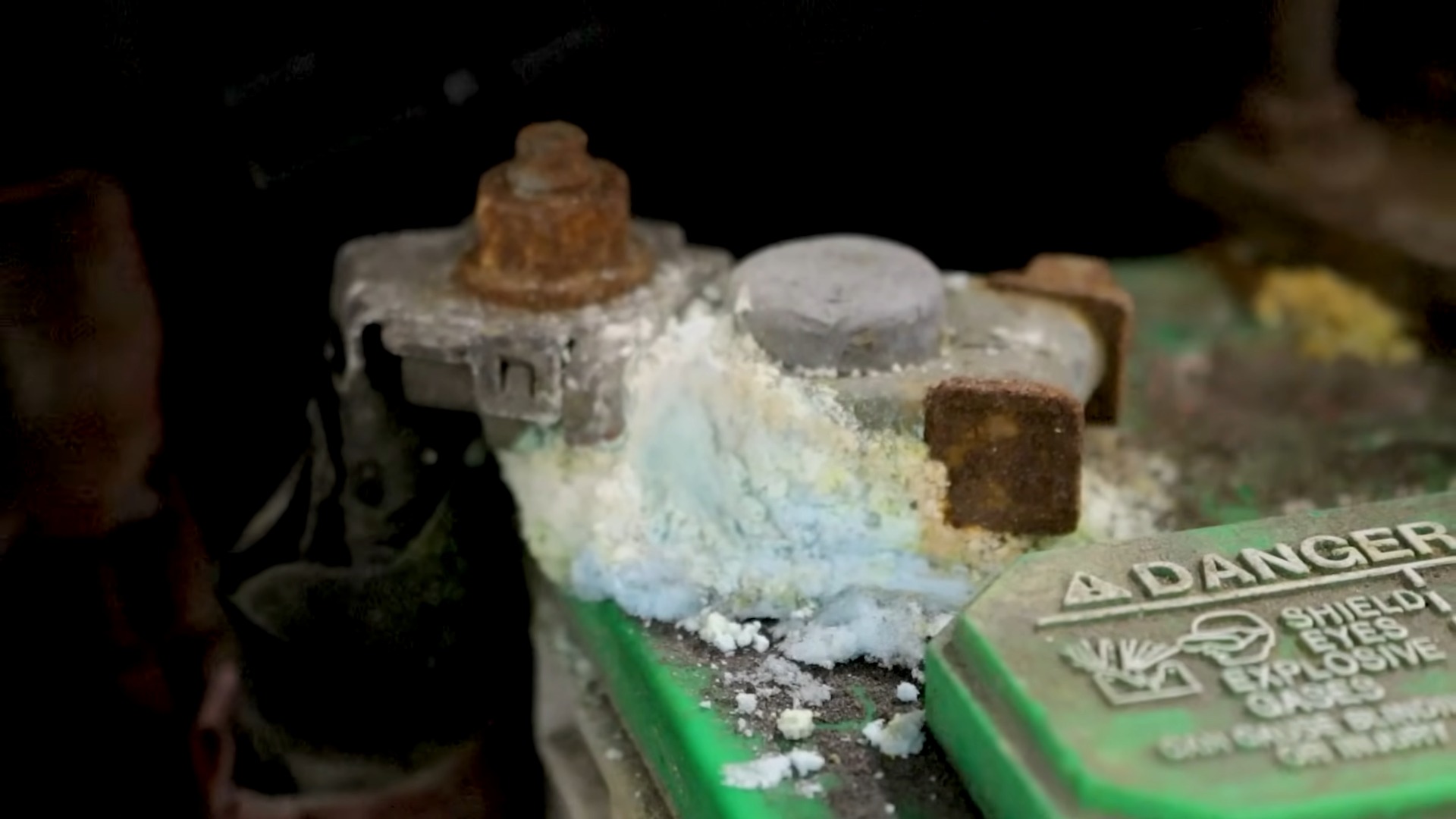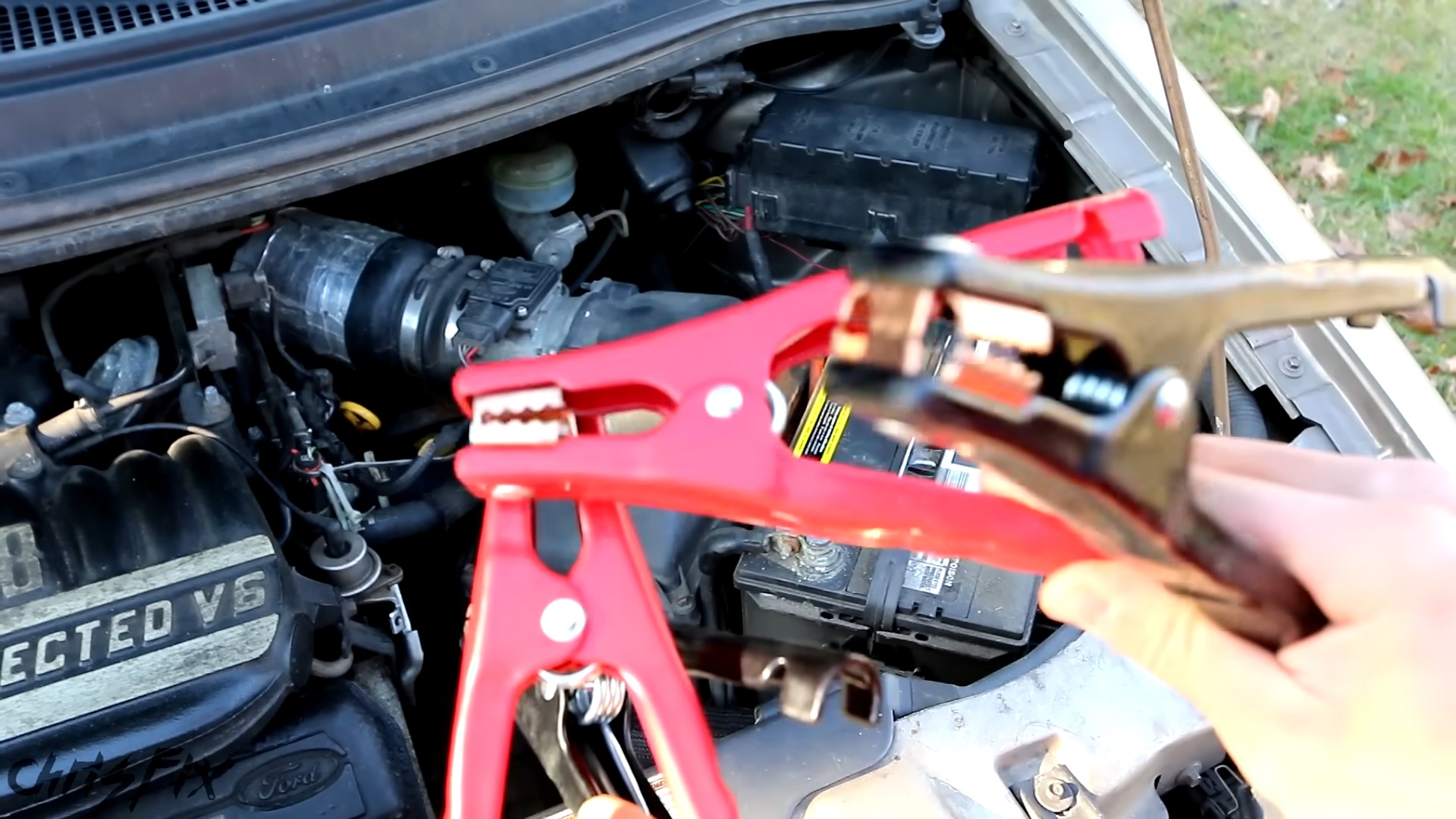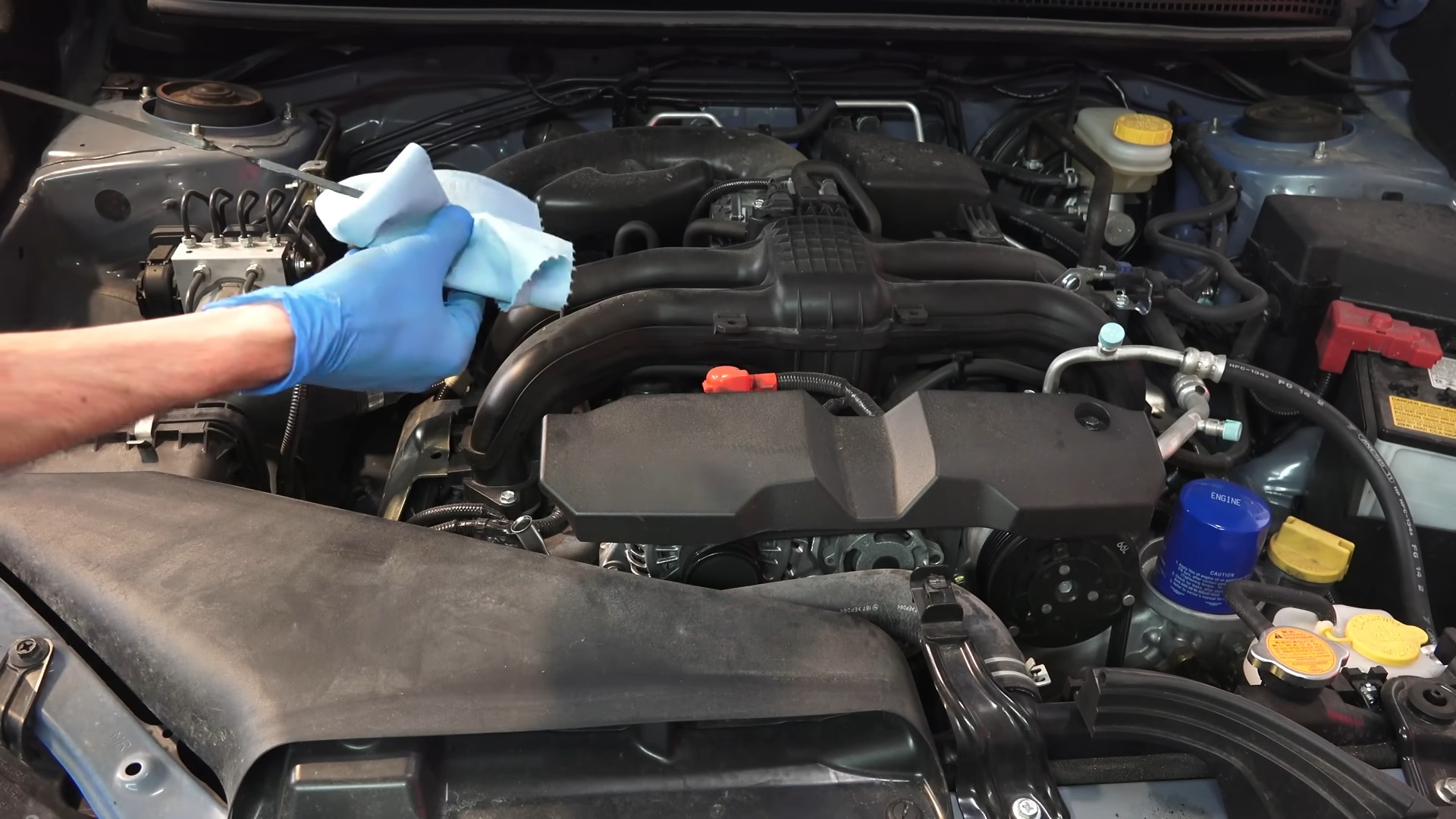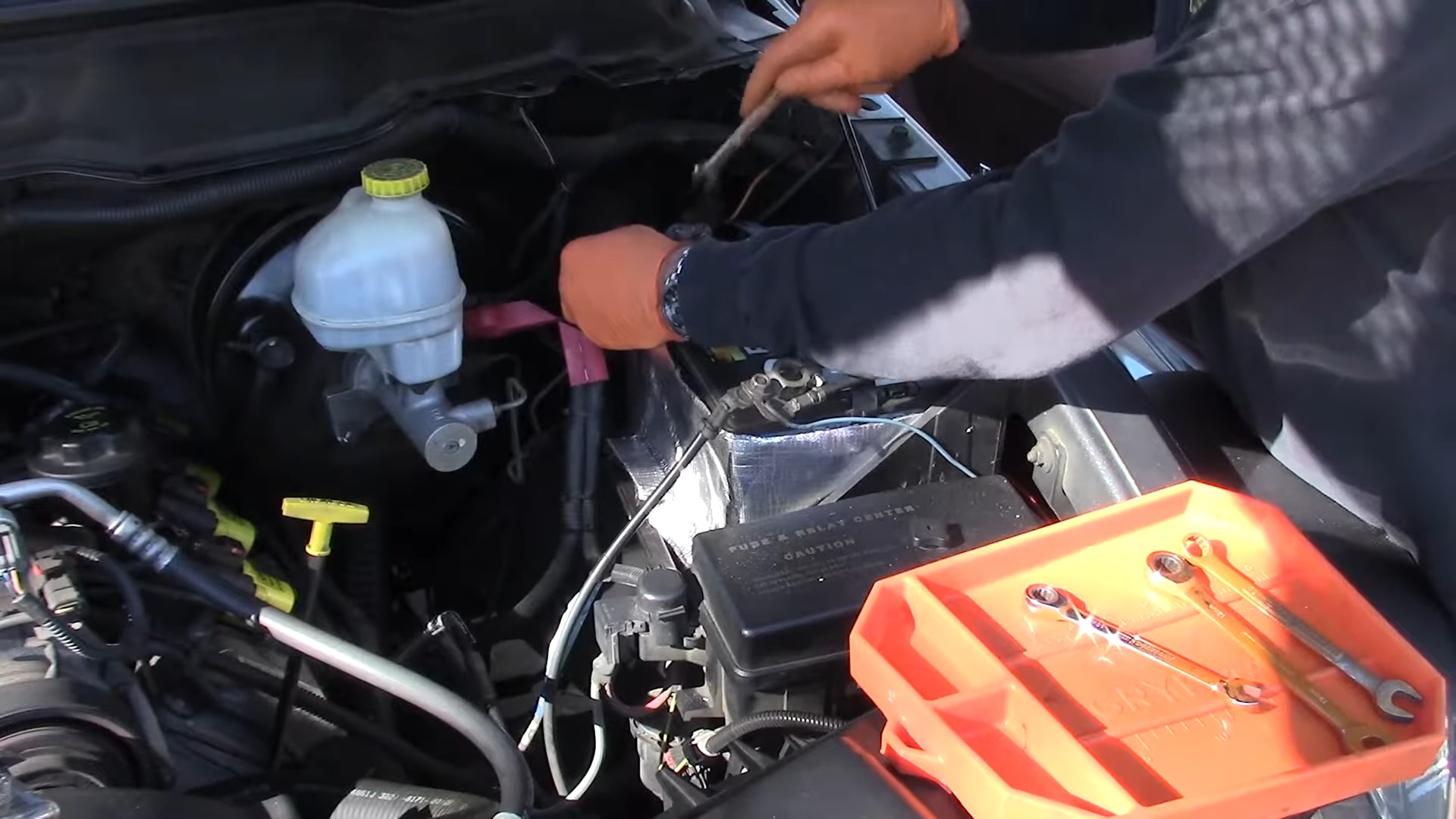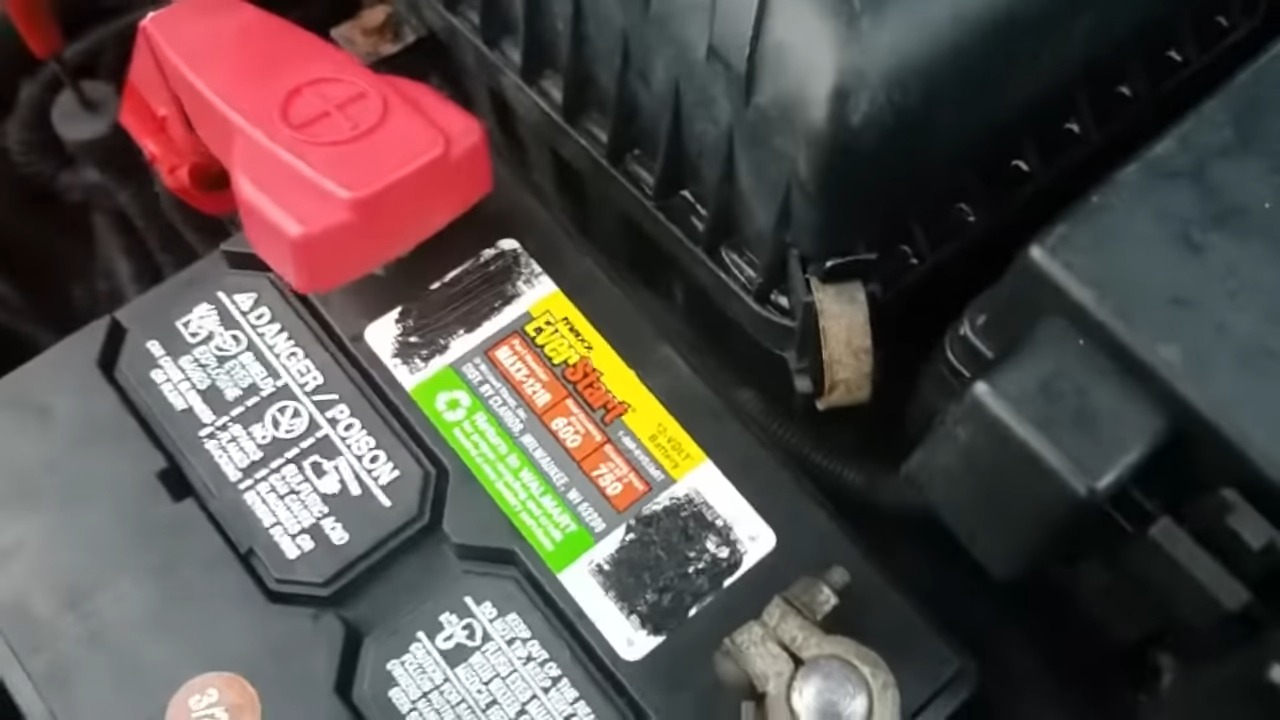It’s a scenario I’ve seen all too often during my days as a mechanic. Now, in the calm of retirement, I reflect on those frantic mornings spent with customers who found themselves puzzled and frustrated by a car that just wouldn’t start.
Let’s explore the common culprits behind a car battery’s mysterious depletion, even when the car is off.
Stuff That May Drain Your Battery
1. The Aging Battery’s Last Stand
Every car battery has a life story, a tale of countless starts and stops, of cold mornings and hot afternoons. It’s a finite journey, typically spanning 3-5 years.
As a retired mechanic, I’ve seen my fair share of batteries in their twilight years. They struggle to hold a charge, not because of neglect, but simply due to the passage of time. The chemical reactions within them grow sluggish, and their once robust energy wanes.
Signs of a Weary Warrior
A battery that surrenders overnight is waving a white flag, signaling the end of its service. It’s a natural process, akin to the dimming of a star. If your battery is over four years old and leaving you with a silent engine in the morning, it’s likely time to bid it farewell and welcome a new source of vigor under your hood.
2. The Alternator Diode’s Corrosive Tale
The alternator, the heart of your car’s electrical system, pumps life into your battery. But what if the heart is compromised?
I recall diagnosing cars that came into the shop, their owners perplexed by a new battery dying overnight. A corroded alternator diode often emerged as the silent thief, siphoning off power even as the car slept.
A Leak in the Circuit
When an alternator diode fails, it allows current to leak into the circuit it’s meant to energize only when the car is running.
This leakage is a silent predator, draining the life from your battery. It’s a condition that requires immediate attention, lest you find yourself stranded with a car that refuses to awaken from its nocturnal slumber.
3. The Ghosts of Electrical Glitches
Electrical glitches are like the ghosts of the automotive world—unseen, often unfelt, but with the ability to cause chaos.
In my years with wrench and oil-stained hands, I’ve chased down these phantoms, finding them lurking in faulty fuses, haphazard installations, or the maze of wiring that gives life to modern cars.
The Drain of the Phantom Load
These glitches create phantom loads, drawing power unnecessarily and draining your battery in the process. It’s a drain that can be swift and merciless, leaving your battery a hollow shell by dawn.
Identifying these issues often requires a detective’s eye and a mechanic’s intuition, traits I honed over years of peering into the metal bowels of countless vehicles.
4. The Charging System’s Failing Grip
The charging system’s embrace must be firm and consistent, but what if it begins to falter? A loose connection, a corroded tensioner—these are the signs of a grip that’s weakening. The result is a battery that, even when the engine is off, finds itself unable to maintain the charge it needs to start your car the next day.
The Strain of Inadequacy
A battery under strain from a faltering charging system is like a runner forced to sprint without a break. It’s a race that can only end in exhaustion. The battery, unable to recharge properly, depletes its reserves, leaving you with nothing but silence when you turn the key.
5. The Neglect of Maintenance
Maintenance is the unsung hero of longevity, yet it’s often overlooked. In the hustle of daily life, it’s easy to forget the humble battery that sits quietly, doing its job without complaint.
But neglect can lead to a buildup of acid or dirt, a layer of neglect that, if left unchecked, can cause your battery to leak its precious charge.
The Consequence of Oversight
This leakage is not a sudden burst but a slow and steady drain, one that can accelerate overnight. It’s a silent testament to the importance of regular maintenance, a lesson taught by the dead batteries of countless vehicles that have passed through my garage doors.
A clean battery is a happy battery, and a happy battery means a car that’s ready to go when you are.
6. Parasitic Drains: The Invisible Energy Thieves
Parasitic drains are akin to a tap left slightly open, with energy trickling out bit by bit. These drains can come from any number of electrical devices or systems that continue to pull current after the ignition is turned off.
As a mechanic, I’ve seen everything from trunk lights that refuse to sleep to more insidious drains like a faulty ECU (Engine Control Unit), which can be as challenging to diagnose as they are frustrating.
The Diagnostic Dance
Tracking down these parasitic drains often felt like a dance, one where patience was a necessary partner. It involved methodical testing, pulling fuses one by one, and measuring the draw.
For the everyday driver, such a task can be daunting, but for a seasoned mechanic, it’s all in a day’s work. The satisfaction of pinpointing the drain and fixing it was always a reward in itself.
7. The Misleading Comfort of Modern Convenience
Modern cars are marvels of convenience, offering features that, while designed to make life easier, can often have the opposite effect on your car’s battery.
Features like security systems, keyless entry, and even your car’s clock can all draw power when the car is off. These conveniences are a double-edged sword, providing comfort at the cost of silent energy consumption.
The Balance of Technology and Tolerance
The key is balance and understanding the limitations of your car’s battery. As a mechanic, advising customers on this balance was part of the job.
It’s about knowing when these features are tipping the scales toward a drained battery and taking steps to mitigate their impact, such as regularly driving your car to ensure the battery maintains its charge.
8. Extreme Temperatures: The Invisible Strain
Temperature extremes play a significant role in your car battery’s health. The cold can be a harsh mistress to a battery, slowing down the chemical reactions necessary to start your car.
Conversely, the heat can be just as cruel, accelerating corrosion and evaporation within the battery. Both conditions can lead to a weakened battery, prone to draining when you least expect it.
The Wisdom of Preparation
Preparation for these extremes was always a piece of wisdom I imparted to my customers. Simple steps like parking in the shade on hot days or using a battery blanket in cold climates can extend the life of your battery and prevent unexpected drains. It’s a proactive approach that can save a lot of headaches down the road.
9. The Forgotten Lights: A Common Oversight
It’s a scene I’ve encountered countless times: a customer walks into the shop, a mix of embarrassment and frustration on their face.
The cause? Interior or exterior lights left on overnight. It’s a human error, one that’s easy to make and even easier to overlook. Yet, the impact on the battery is immediate and unforgiving.
The Simple Solutions
The solution is often as simple as a reminder—a note left on the dashboard or a habit formed of double-checking before walking away.
In today’s world of automatic lights and smart technology, it’s easy to forget that we still play a role in the health of our car’s battery. A little attention goes a long way in preventing these all-too-common drains.
10. The Unseen Corrosion: Silent Battery Killer
Corrosion on the battery terminals is a silent killer, an enemy that creeps up unnoticed. It disrupts the connection between the battery and the rest of the car, leading to poor charging and, ultimately, a drained battery. As a mechanic, cleaning battery terminals was a ritual, a preventative measure against this insidious form of wear.
The Shield of Maintenance
Regular maintenance is the shield against corrosion. A mixture of baking soda and water, an old toothbrush, and a little elbow grease were the simple tools I used to combat this creeping foe. It’s a task that’s easy to do and pays dividends in the longevity and reliability of your car’s battery.
When the Engine is Silent
Immediate Actions
- Check the Dashboard: When you turn the key, look for the battery warning light. If it’s on, the problem is likely your battery.
- Listen Carefully: Is there a clicking sound? No sound at all? Or does the engine crank but refuse to start? Each symptom offers a clue.
Understanding the Silence
- Clicking Sound: Often indicates a dead battery.
- No Sound: Could be a battery issue or a faulty ignition switch.
- Engine Cranks: Might be a battery with partial charge, or it could be an issue with the fuel system or spark plugs.
The Rescue Plan
Jump-Starting: A Temporary Fix
- Find a Good Samaritan: You’ll need another vehicle with a working battery.
- Proper Connections: Attach the red clamp to the positive terminal of your battery and the other red to the donor battery’s positive terminal. Then, connect the black clamp to the donor battery’s negative terminal and the other black to an unpainted metal surface on your car.
- Start the Donor Car: Let it run for a few minutes to charge your battery.
- Attempt to Start Your Car: If it starts, let it run to build up the charge.
Stats to Consider
- Battery Lifespan: On average, a car battery lasts about 3-5 years. If yours is older, it might be time for a replacement.
- Jump-Start Success Rate: Roughly 90% of the time, a jump-start can get you going if the battery is the culprit.
- Mechanic Visits: Nearly 30% of roadside assistance calls are due to dead batteries.
After a Successful Jump-Start
- Drive Around: Keep the engine running for at least 30 minutes to recharge the battery.
- Get a Battery Test: Visit a local auto parts store or your mechanic. Most will perform a battery test for free.
If Jump-Starting Fails
- Tow to Safety: If your car won’t start with a jump, it’s time to tow it to a professional.
- Comprehensive Check: Have a mechanic perform a full diagnostic. It might not just be the battery.
Preventative Measures
Similarly, a flat tire can cause repeated attempts to start the engine, inadvertently draining the battery.
Moreover, knowing how to handle a flat tire efficiently can prevent extended use of your car’s electrical systems, which, if left unchecked, might contribute to battery depletion.
Regular Check-Ups
- Visual Inspections: Make it a habit to look over your battery periodically. Check for any signs of corrosion on the terminals, which can impede current flow, and ensure that the connections are tight and clean.
- Professional Testing: Have your battery tested by a professional at least once a year. This can help catch issues before they leave you stranded.
Smart Driving Habits
- Frequent Use: Letting your car sit unused for extended periods can lead to battery drain. Drive your car regularly to help maintain the battery charge.
- Proper Shutdown Routine: Always ensure that lights, the radio, and other accessories are turned off before you exit the vehicle. This includes checking that doors are fully closed so interior lights turn off.
Technological Aids
Battery Maintainers
- Trickle Chargers: For those who don’t drive often or leave the car idle for extended periods, a trickle charger can be a lifesaver. It keeps the battery at a full charge without overcharging it.
- Solar Chargers: If you park outdoors, a solar charger can be an eco-friendly option to keep your battery topped up using the sun’s energy.
Upgraded Alternators
- High-Demand Electronics: If you’ve added aftermarket electronics that demand more power, consider upgrading your alternator to ensure your battery can keep up with the increased demand.
Environmental Considerations
Temperature Management
- Heat Protection: High temperatures can cause battery fluid to evaporate, leading to internal damage. Park in the shade or use a garage when possible.
- Cold Care: In cold climates, keep your car in a garage to protect the battery from freezing temperatures, which can reduce its ability to hold a charge.
Cleanliness and Connection
- Terminal Care: Keep battery terminals clean from corrosion with a simple cleaning solution of baking soda and water.
- Secure Connections: Ensure that the battery terminals are tight and secure to prevent energy loss.
Lifestyle Adjustments
Accessory Usage
- Minimize Use When Idle: Avoid using electronics like the radio or charging devices when the engine isn’t running.
- Energy-Efficient Replacements: Consider replacing energy-hungry accessories with more efficient alternatives.
Mindful Maintenance
- Timely Replacements: Don’t wait for a complete failure. Be mindful of your battery’s lifespan and replace it within the recommended timeframe.
- Quality Matters: Invest in a high-quality battery with a good warranty to ensure reliability and longevity.
Frequently Asked Questions
How do I know if my car battery is beginning to fail?
Early signs include dimming headlights, slow engine crank, and needing frequent jump-starts. A voltmeter can also give you a direct reading of your battery’s health.
Can short trips drain my car battery?
Yes, short trips can prevent the battery from fully charging. It’s beneficial to take longer drives periodically to allow the battery to charge properly.
Will frequent jump-starts harm my battery?
Repeatedly jump-starting a car can shorten the battery’s lifespan due to the sudden surges of power. It’s best to address the underlying issue as soon as possible.
How can I clean battery corrosion?
Disconnect the battery, mix a tablespoon of baking soda with a cup of water, and apply with an old toothbrush. Rinse with cool water and dry thoroughly.
Is it safe to charge my battery overnight?
Using a smart charger that stops when the battery is full is safe. Avoid overcharging with a standard charger, as it can damage the battery.
Does idling the car charge the battery?
Idling does charge the battery, but it’s a slow process. Driving at speed increases the alternator’s output, charging the battery more effectively.
Should I disconnect my battery if I’m going on a long vacation?
Disconnecting the battery can prevent drains from any electrical systems or devices, but remember that it may reset certain electronic settings in your car.
Final Words
As the sun sets on my days in the garage, I leave you with this: the health of your car’s battery is the silent sentinel of your vehicle’s soul. Treat it with care, respect its chemistry, and it will serve you faithfully, from the first turn of the key to the last.

